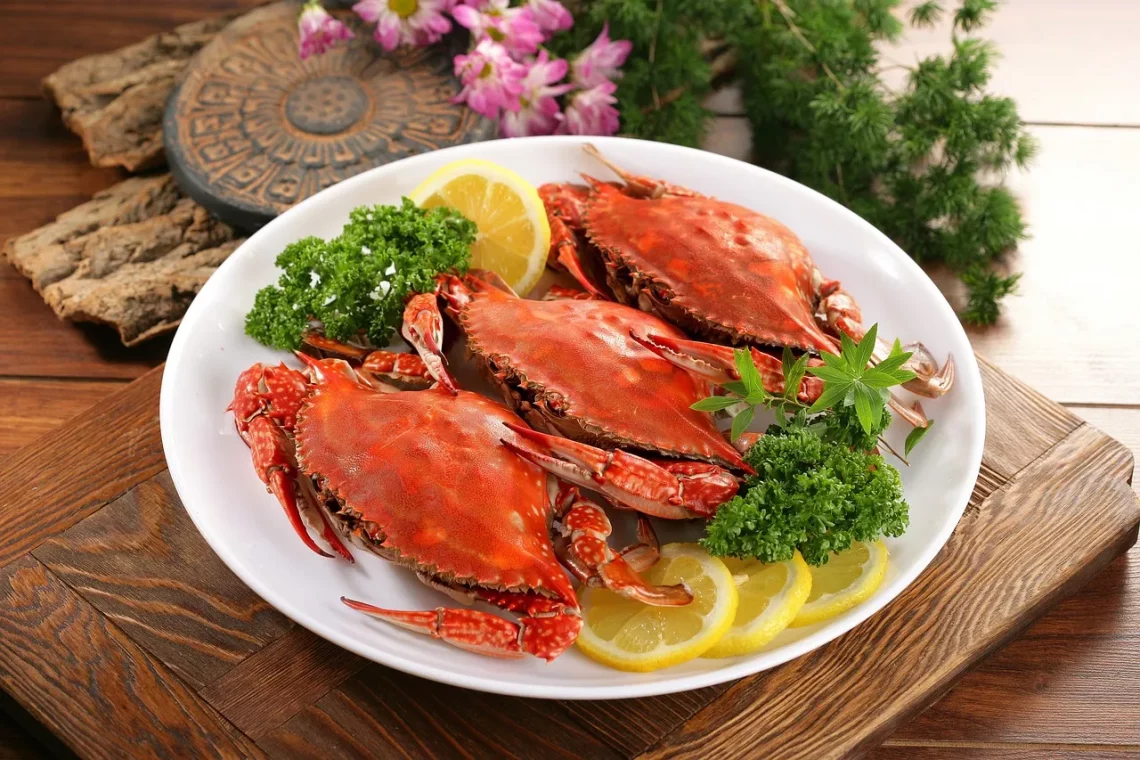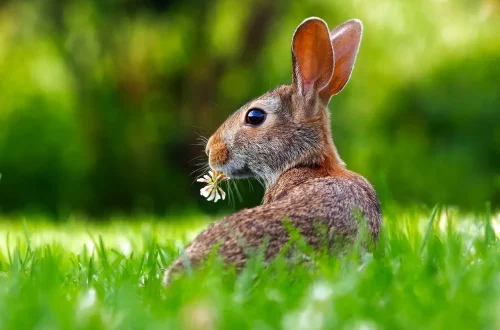
Essential Guide to Hermit Crab Water Needs and Care
Creating a suitable habitat for hermit crabs involves understanding their unique water needs and care requirements. These fascinating crustaceans are often kept as pets due to their intriguing behavior and vibrant personalities. However, many new hermit crab owners may not realize that these little creatures thrive in specific environmental conditions, particularly concerning their water sources.
Water is a fundamental part of a hermit crab’s life, playing a crucial role in their health and well-being. Unlike many terrestrial animals, hermit crabs require both fresh and saltwater to flourish. This necessity stems from their natural habitat, which is often found along coastal areas where they can access both types of water. Understanding the intricacies of their hydration needs can significantly enhance the quality of life for these pets.
As you delve into the world of hermit crab care, it’s essential to consider not only the types of water they need but also how to maintain their habitats properly. The right balance of humidity, temperature, and water sources will ensure that your hermit crabs remain happy and healthy. This guide will explore the various aspects of hermit crab water needs and care, helping you create a thriving environment for your shelled companions.
Understanding Freshwater and Saltwater Needs
Hermit crabs are unique in that they require both freshwater and saltwater to survive. In their natural habitat, they inhabit coastal regions where they can easily access both types of water. Therefore, when setting up a habitat for your hermit crabs, it’s essential to replicate these conditions as closely as possible.
Freshwater is vital for hermit crabs to drink and stay hydrated. It helps them maintain their bodily functions and supports their overall health. You should provide a shallow dish of dechlorinated freshwater in their enclosure. Use a water conditioner to remove harmful chemicals from tap water, ensuring it’s safe for your pets. It’s crucial to change the water regularly to prevent any bacterial growth, which can harm your hermit crabs.
On the other hand, saltwater is equally important for hermit crabs, as they use it for drinking and bathing. This saltwater should be created using marine salt mixes specifically designed for aquarium use. Avoid using table salt, as it contains additives that can be harmful to hermit crabs. Like freshwater, this saltwater should be changed frequently to maintain cleanliness and prevent the buildup of harmful substances.
Moreover, it’s essential to provide both types of water in a way that allows hermit crabs to access them easily. A common practice is to use shallow dishes, which helps prevent drowning and allows your hermit crabs to climb in and out comfortably. Additionally, placing the dishes in different areas of the habitat encourages exploration and helps mimic their natural behavior.
Maintaining the right salinity level in the saltwater is also crucial. Ideally, the specific gravity should fall within the range of 1.020 to 1.025. You can use an aquarium hydrometer to monitor this level accurately. If the salinity is too high or too low, it can lead to stress and health issues in your hermit crabs.
In conclusion, understanding the balance between freshwater and saltwater is vital for hermit crab care. By providing both sources of water and maintaining their cleanliness and appropriate salinity, you ensure a healthier environment for your hermit crabs, allowing them to thrive in captivity.
Humidity and Temperature Influence on Water Needs
Humidity and temperature are two critical factors that influence the water needs of hermit crabs. These creatures are highly sensitive to their environment, and fluctuations in these conditions can significantly affect their hydration levels and overall health.
Hermit crabs require a humidity level of around 70% to 80% in their habitat. This high humidity is essential for their respiratory health, as hermit crabs breathe through gills that require moist air to function correctly. If the humidity drops below this level, hermit crabs can become dehydrated, leading to stress and potential health issues.
To maintain appropriate humidity levels, consider using a hygrometer to monitor the moisture in the air. If the humidity is too low, you can increase it by misting the enclosure with dechlorinated water or by adding a humidity dome. Additionally, incorporating a substrate that retains moisture, such as coconut fiber or sand, can help maintain humidity levels.
Temperature also plays a significant role in hermit crab care. The ideal temperature range for hermit crabs is between 75°F and 85°F. If the temperature is too low, hermit crabs may become lethargic and less active, which can affect their water intake. Conversely, high temperatures can lead to increased evaporation of water, causing dehydration.
To regulate temperature, consider using an aquarium heater or heat mat, ensuring that the heat source does not directly touch the enclosure to avoid overheating. Placing the habitat in a location away from direct sunlight or drafts can also help maintain stable temperatures.
Ultimately, the interplay between humidity, temperature, and water needs is crucial for hermit crab care. By ensuring a suitable environment with the right humidity and temperature, you can support their hydration and overall health, allowing them to thrive in their captive habitat.
Maintaining Clean Water Sources
Maintaining clean water sources for hermit crabs is a fundamental aspect of their care. Clean water is essential not only for hydration but also to prevent the growth of harmful bacteria and pathogens that can lead to health issues.
To keep the freshwater and saltwater clean, you should change the water regularly, ideally every two to three days. This frequency helps prevent algae growth and the accumulation of waste. When changing the water, be sure to clean the dishes with a non-toxic aquarium-safe cleaner or simply rinse them with warm water to remove any residues. Avoid using soap, as it can leave harmful residues that may affect your hermit crabs.
In addition to regular water changes, consider using water conditioners that neutralize chlorine and chloramines in tap water. These chemicals can be harmful to hermit crabs, so treating the water before adding it to their habitat is a must.
Another effective way to maintain clean water is to monitor the behavior of your hermit crabs. If you notice that they are avoiding the water dishes, it may indicate that the water has become contaminated or that the dishes are not clean enough. Regular observation of their habits can provide valuable insights into their health and the condition of their environment.
Furthermore, it’s beneficial to have multiple water sources in the habitat. This arrangement allows hermit crabs to choose their preferred water source and helps prevent overcrowding in a single dish, which can lead to faster contamination. Consider placing one shallow dish of freshwater and another of saltwater in different locations within the enclosure.
In summary, maintaining clean water sources is vital for the health and well-being of your hermit crabs. By regularly changing the water, using appropriate conditioners, and monitoring their behavior, you can ensure that your hermit crabs remain hydrated and healthy.
Signs of Dehydration and Health Monitoring
Monitoring the health and hydration status of your hermit crabs is crucial for their well-being. Dehydration can lead to severe health issues and, if left unaddressed, can be fatal. Understanding the signs of dehydration is essential for any hermit crab owner.
One of the earliest signs of dehydration is lethargy. If you notice that your hermit crabs are less active than usual, it may indicate that they are not getting enough moisture. Additionally, you might see them spending more time in their shells, which can also be a sign of stress or dehydration.
Another indicator of dehydration is the appearance of their gills. Healthy hermit crabs have moist gills that appear pinkish or reddish. If the gills look dry, shriveled, or discolored, it may be a sign that your hermit crabs are not receiving enough water.
Furthermore, watch for changes in their behavior, such as excessive burrowing or hiding for extended periods. While hermit crabs do enjoy burrowing, excessive behavior may indicate that they are trying to find a more humid or suitable environment.
If you suspect that your hermit crabs are dehydrated, it’s essential to take immediate action. First, ensure that both freshwater and saltwater sources are clean and accessible. You may also consider misting the enclosure to increase humidity temporarily.
In conclusion, being vigilant and monitoring your hermit crabs’ health is vital for their care. Recognizing the signs of dehydration early can make a significant difference in their overall well-being. By providing a suitable environment and maintaining proper hydration levels, you can keep your hermit crabs thriving and healthy.
**Disclaimer:** This article is not intended as medical advice. For any health concerns regarding your hermit crabs, please consult a veterinarian or an expert in animal care.




